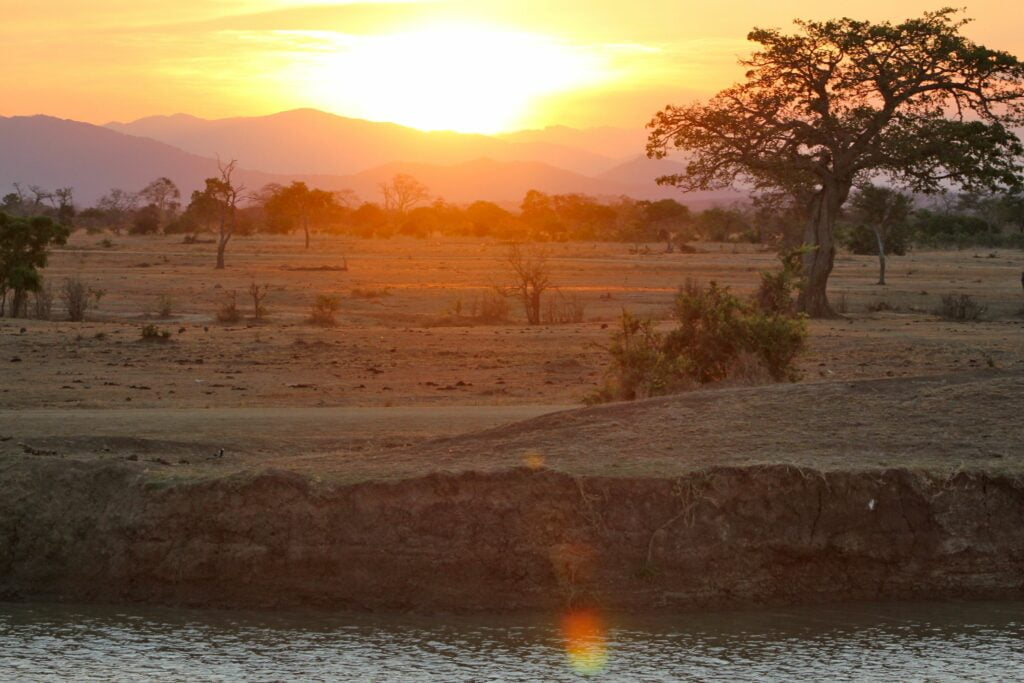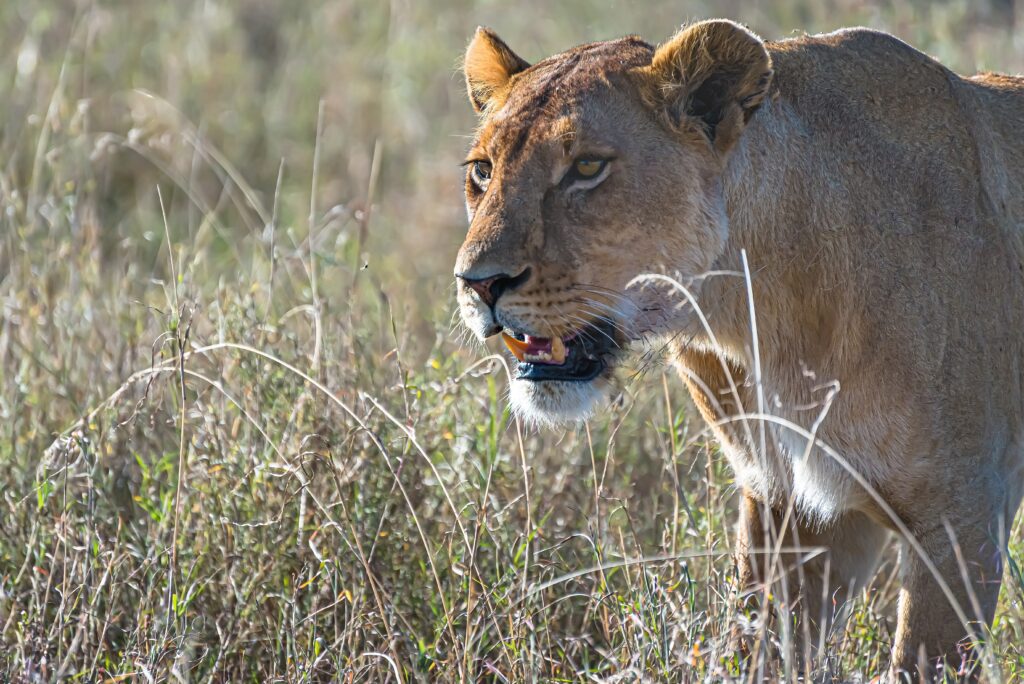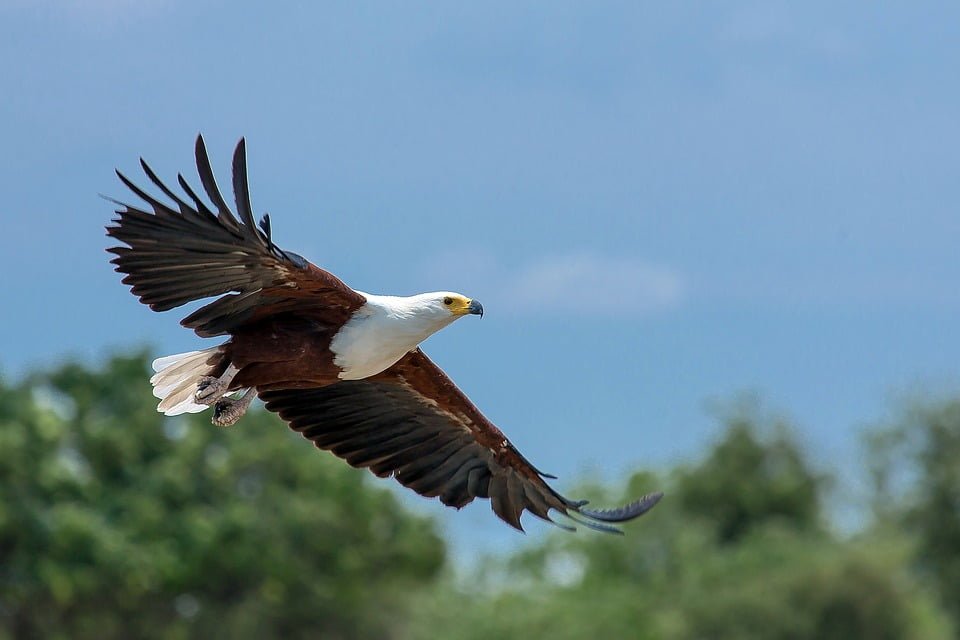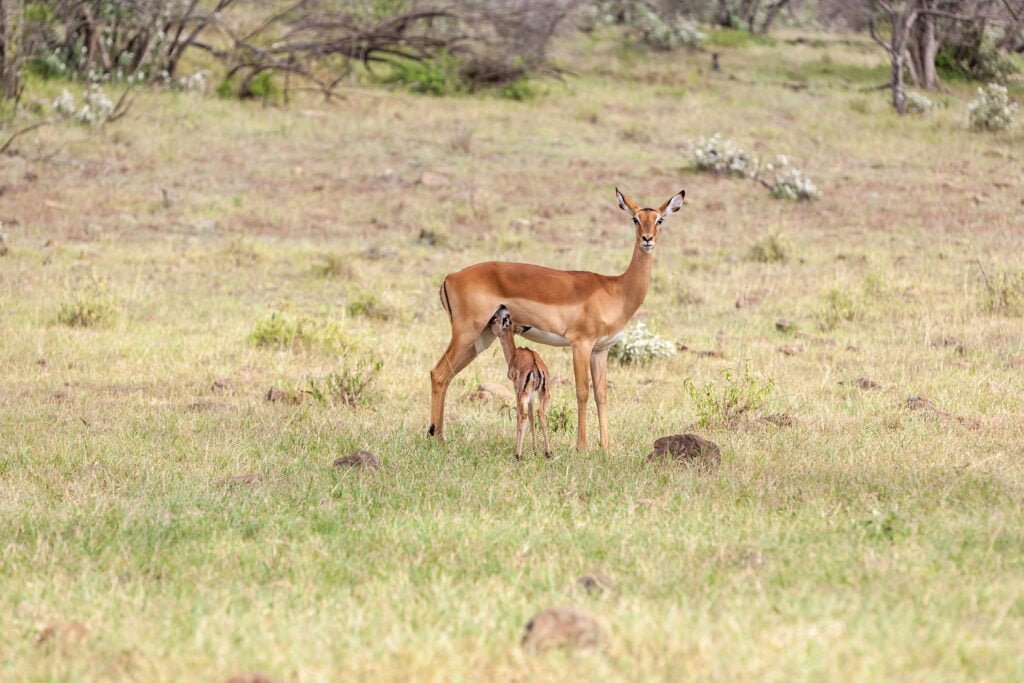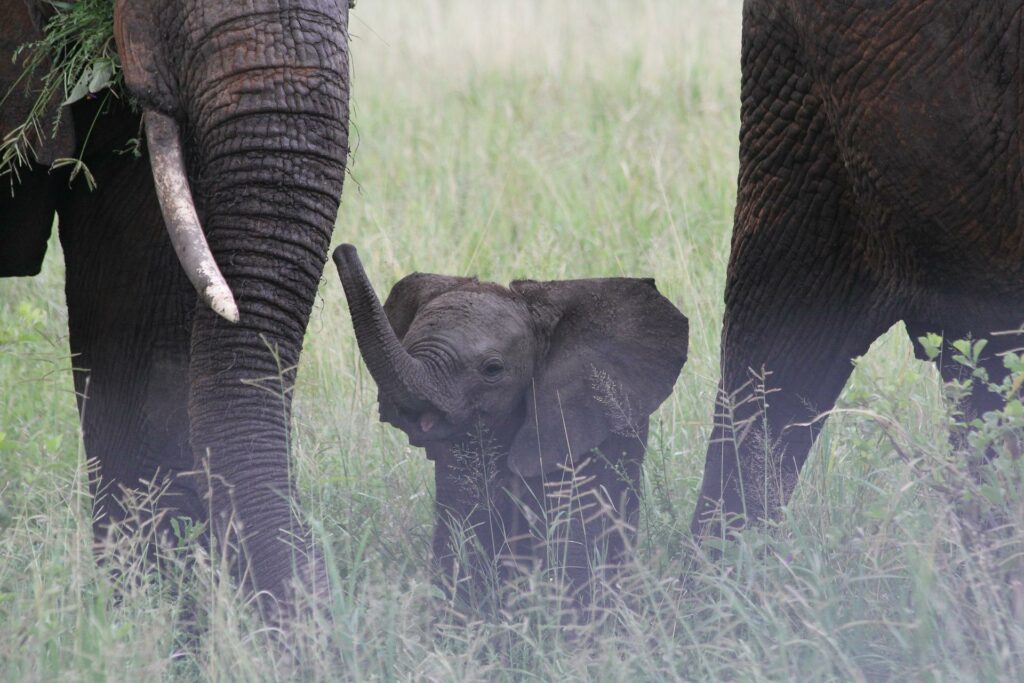Why go to the Selous reserve?
SAFARI IN SELOUS
Selous has been a UNESCO World Heritage Site for over 40 years! It’s a great place to go on safari, as it’s home to a large number of wild animals: lions, leopards, crocodiles and black rhinos. The great advantage of the Selous Reserve, like the other parks and reserves in southern Tanzania, is that it is absolutely peaceful. On a safari in this vast wilderness, you’re sure to find yourself alone and enjoy an experience that’s unique in East Africa.
THE ANIMALS OF THE RESERVE
There are many predators:
But also a good number of prey animals!
- Elands
- Antelopes
- Impalas
- Wildebeest
- Zebras
- Giraffes
- Elephants
- Buffalo
- and hippopotamuses
And many birds :
- Kingfisher
- Pelican
- Vulture
- Fish eagle
- Carmine
- Ibis
- And many small wading birds
FLORA AND FAUNA
The Selous National Park is crossed by the Rufiji River, which feeds numerous lakes, canals, lagoons and swamps. There is dense vegetation, with almost 2,150 plant species, forests, large grasslands, savannah and mountain ranges.
TRIP TO THE SELOUS RESERVE
Looking for your next big adventure? Take a guided safari to one of Tanzania’s most impressive game reserves: the Selous Game Reserve! Famous for its abundance of mammals, birds and amphibians, the nature reserve also boasts a multitude of plant species. It is one of Africa’s richest environments in terms of biodiversity. There are acacias, baobabs and other large plants typical of the savannah. Enough to delight botanists!

